$3000 Boombox


Of course, the F80 is no ordinary boombox. The industrial design is by Allen Boothroyd with input from Ferrari, which is reflected in the unit's flowing curves and characteristic choice of high-gloss colors. In addition, Ferrari's expertise with specialized materials came in handy for the cabinet, which is made from a mineralized composite with high mass and low resonance to minimize vibration. No wonder this thing is so friggin' heavy—it weighs over 14 pounds, which certainly bespeaks a high build quality. Fortunately, the integrated handle makes it relatively easy to lug around.
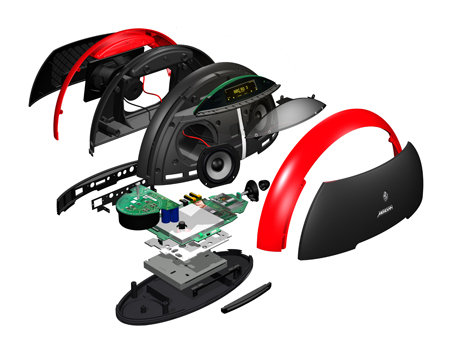
Inside, the audio is pure Meridian, utilizing the company's digital-audio technology originally developed for its flagship speakers and electronics. Two 3-inch, custom-designed, full-range speakers face forward, and a 6x4-inch subwoofer fires backward, with each driver nestled in its own compartment. The main speakers feature neodymium magnets, die-cast chassis, high-temperature voice coils, and magnesium-aluminum alloy cones, while the subwoofer is a special long-throw design that maximizes output and linearity.
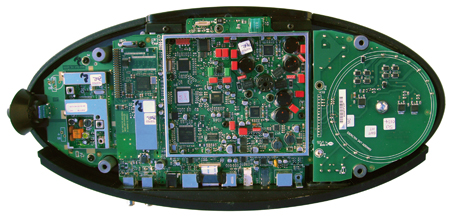
The 2.1 speaker array is driven by an 80-watt power amp and DSP-based crossover. Active equalization helps optimize the sound in several ways—for example, there are several presets that compensate for different locations, such as in a corner, against a wall, or on a table in otherwise free space. Instead of traditional bass and treble controls, the F80 provides a bass and a "tilt" control, which adjusts the balance of bass and treble.

The back panel offers ample connections, such as two assignable RF inputs for the AM, FM, and DAB (Digital Audio Broadcast) tuners. (DAB is not used in the US; it is available in Canada, Europe, Turkey, South Africa, India, China, and Australia.) Other inputs include an 1/8-inch stereo in, an optical digital-audio in, and a multi-pin input for the optional i80 iPod dock. Outputs include S-video and composite video as well as a combo optical digital-audio/analog headphone out. My only complaint is the lack of a component and/or HDMI output for DVD playback, which seems a curious omission in an otherwise no-compromise product such as this.
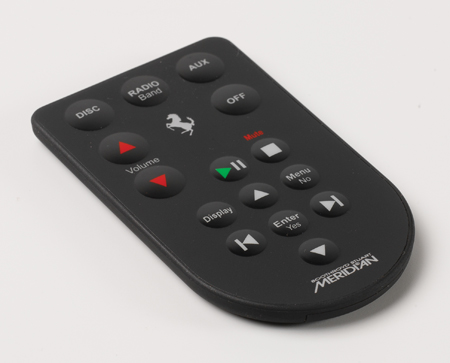
I'm especially impressed with the user interface. The remote is slim and simple, and the beautiful monochrome OLED display presents context-sensitive labels for the buttons below the screen. I found the system easy to learn and navigate after just a few minutes.
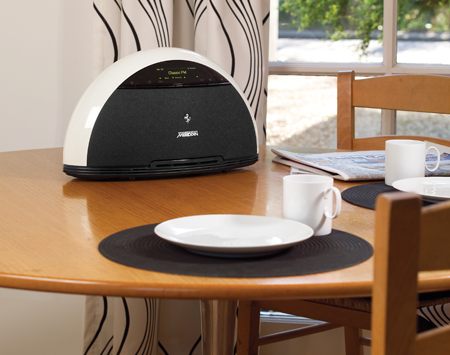
As you might surmise from that last paragraph, I actually had the opportunity to try the F80 for myself, unlike most of the products profiled in this blog. As I played some CDs, I quickly came to appreciate the surprising sound quality coming from such a small package. It was deep and rich yet clearly defined in all frequency ranges and at all but the lowest volume levels.
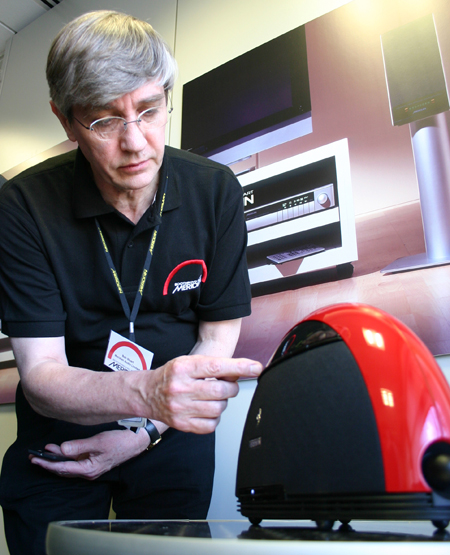
Starting with Mozart's Requiem performed by The Academy of Ancient Music, the chorus and vocal soloists were easily understood, and the orchestra's instrumental sections were well delineated, including the trombones and basses. I ended up maxing out the Width control to achieve the best sense of stereo separation. The Bass and Tilt controls had a moderate but not extreme effect, and they helped tame the slight midrange bloat, though I was unable to eliminate it entirely.
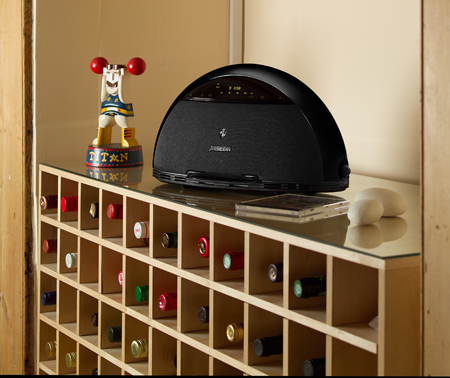
Next up was a CD I recorded with my avant-garde trio Many Axes, which includes instruments in every frequency range, from a deep bass drum to almost-ultrasonic harmonic flutes and tinkly wind chimes. In this case, I adjusted the Tilt control slightly toward the bass, but there were still plenty of highs to go around. Having mixed this CD myself, I know it very well, and the F80 rendered it surprisingly well overall, though the hint of midrange bloat was still there.

The internal antenna wasn't able to pick up many AM stations, and I heard only static from some it did lock on to. It found many more FM stations, though a few of these played only static as well. Attaching the external whip antenna improved AM reception dramatically. Strong stations sounded spectacular for a portable radio, and the display automatically cycles through the station name, artist, and song title, which is a nice touch.

I was less enamored with the DVD playback. It was fine as far as S-video goes, but I really missed an HDMI output, which wouldn't have been difficult to fit on the back panel. And to get the best movie sound, the unit must be placed directly above or below the TV, which might or might not be convenient or even possible depending on the shelving situation.
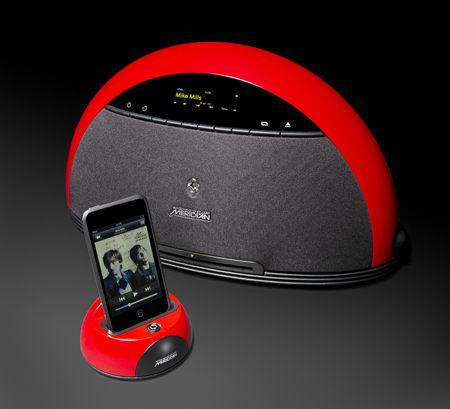
My initial impression of the F80 from that CEDIA press conference has been generally heightened now that I've spent some quality time with it. Of course, it can't quite match the sound of a good home-audio system, but it's easily the best portable sound I've ever heard. And as you'd expect, the best costs—in this case, $2995 for the F80 and an extra $399 for the i80 iPod dock. But for those who want the ultimate boombox, this is definitely it.
- Log in or register to post comments




































































